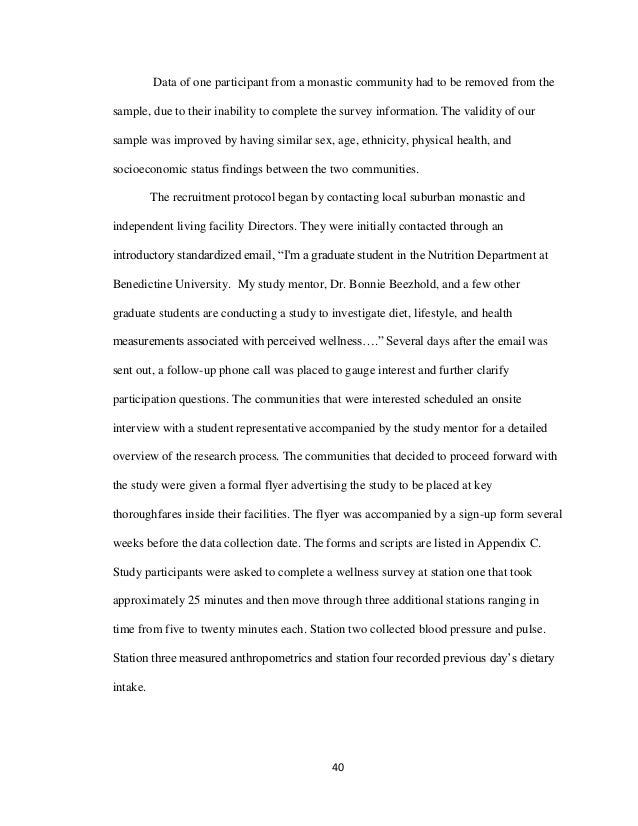RP Photonics Encyclopedia - non-radiative transitions.
The last type of transitions, and these are also non-radiative, are intra-band transition. So, these are transitions that occur inside a band. So, for example, the reason this is important is that, for special kinds of lasers called quantum cascade lasers, they actually operate based on transitions within a band.Radiative Transitions. There are three radiative transitions that are important in semiconductor lasers and occur between the conduction and valence bands of the material. A schematic diagram of the transitions is shown below: In the first process, an electron in the valence band gains energy by absorbing a photon.Nonradiative transitions tend to decrease the upper-state lifetime of laser gain media and thus to decrease (quench) the upper-level population, unless the nonradiative transition rates are negligible compared with the radiative ones.
Expert Answer: Radiative transitions involve the absorption, if the transition occurs to a higher energy level, or the emission, in the reverse case, of a photon. Nonradiative transitions arise through several different mechanisms, all differently labeled in the diagram.Abstract The theory of non-radiative and thermal transitions of electrons at imperfections in ionic crystals is elaborated. The results obtained are used to confirm Mott's and Gurney's theories on the detachment process in two steps of electrons from F centres during the absorption of light in the F band and to explain theoretically the temperature dependence of quantum efficiency.

Radiative transition pdf And give a more accurate estimate of the transition probability, for example. radiative transition in atoms Radiative and nonradiative electronic transitions depend upon the ability of.To determine radiative transition rates, we will exploit Fermis.












